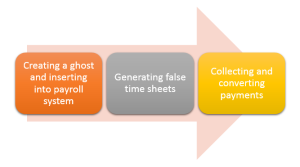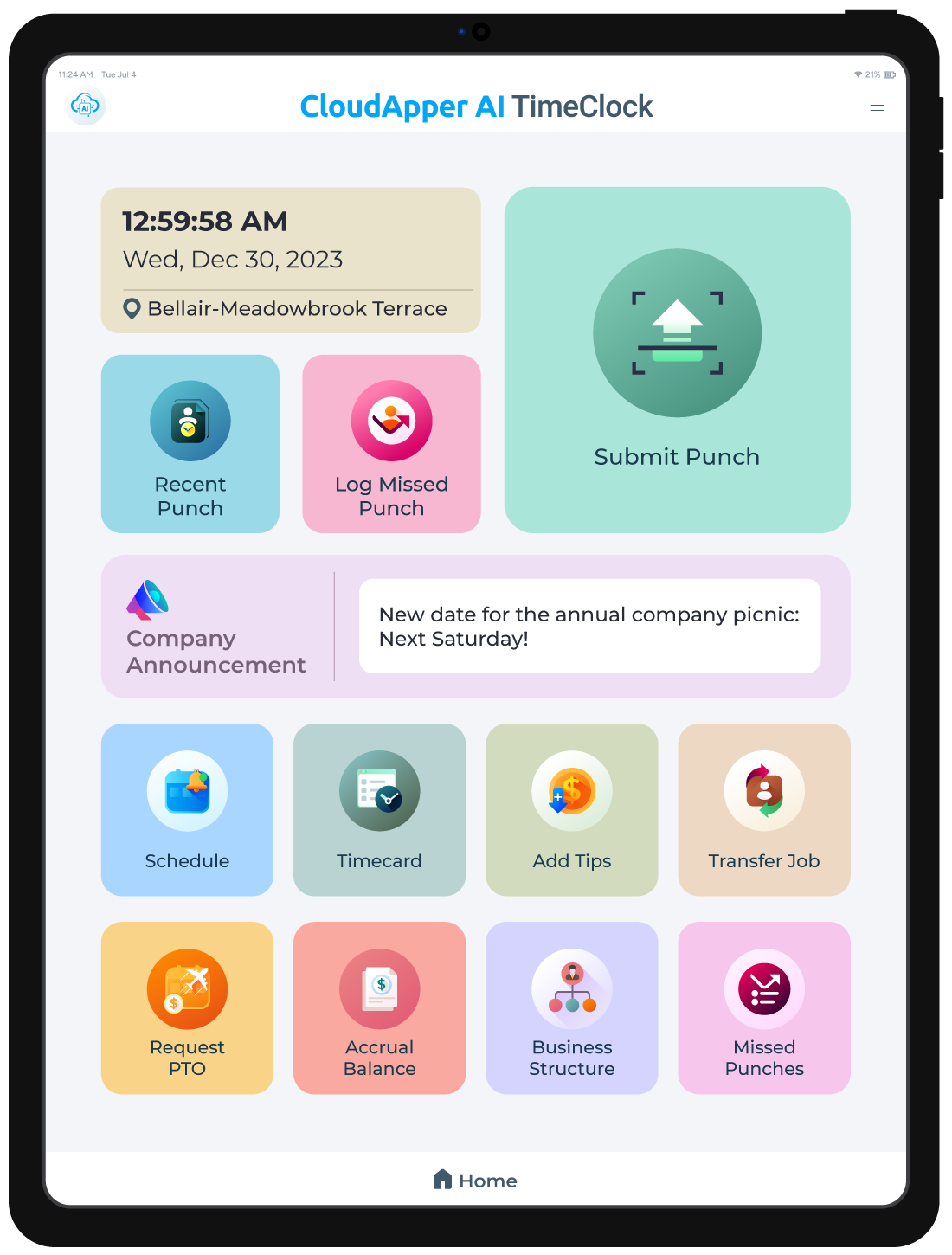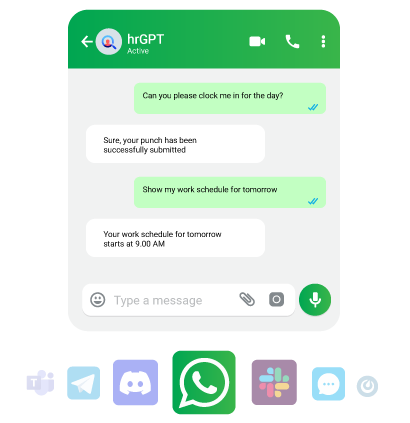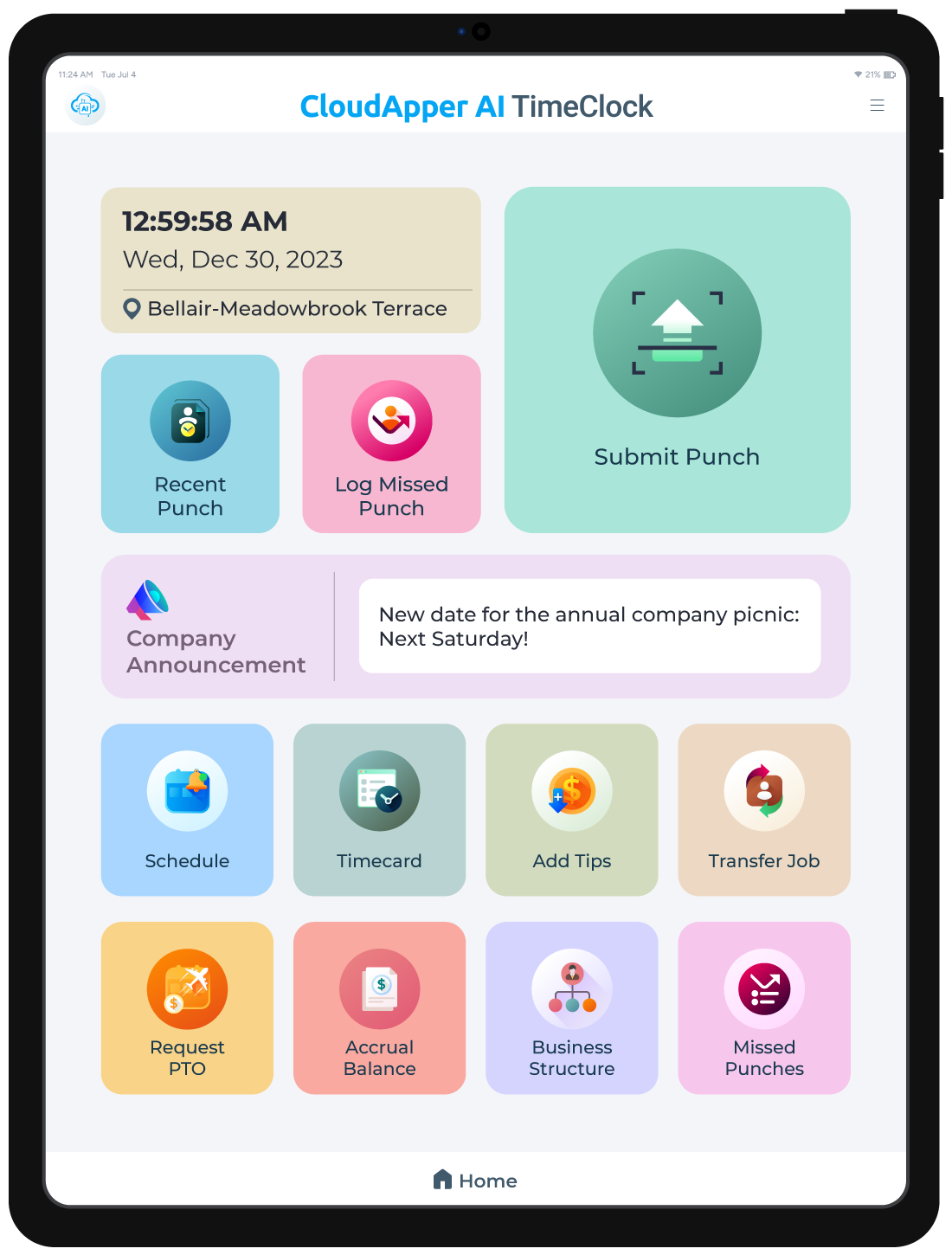The Importance of Using Biometrics to Eliminate Ghost Worker Fraud
Ghost worker fraud has been a chronic problem for many governments across the globe for many years. For most of these countries, billions of tax payer dollars are pumped out annually from the government treasury through salary payments to non-existing employees who have fraudulently been listed in the payroll system. Some of these employees may include retired civil servants, the deceased or pure fictitious names. One major reason behind the rise in unqualified, non-eligible individuals is the absence of accountability which allows corrupted civil servants to manipulate government expenditures through the placement of ghost workers on the payroll. As more governments around the world try to figure out a solution to the ghost worker issue, many are adopting biometrics for identification of employees — a perfect tool for establishing accountability.
What is “Ghost Worker Fraud”?
A ghost employee is someone who is recorded on the payroll system but who does not work for the organization. The ghost can be a real person who knowingly or not is placed on the payroll, or a fictitious person invented by the fraudster.
How Is It Done?
There are three basic steps to ghost worker fraud. These are:

The Effects of Ghost Worker Fraud
Ghost worker fraud is government theft. Individually, the amounts may appear small but over time they may add up to a significant amount, particularly if a number of ghosts are added and retired over time. Here are some stats on Ghost workers around the globe:
- According to the Association of Certified Fraud Examiners, in the U.S. it’s the number one source of accounting fraud and employee theft. (Source)
- In Cameroon “ghost workers” are believed to cost the country $12 million every month.
- A recent biometric auditing in the federal ministries of Nigeria, departments and agencies (MDAs) revealed 43,000 non-existent workers on the government payroll.
- In Kenya, a 2014 audit found that at least $1m (£600,000) a month was lost in payments to “ghost workers”.
- In Ghana 10 percent of the total amount spent on the salaries of both civil and public servants are lost every month through the insertion of ghost names on workers’ payrolls.
How can biometric technology help eliminate ghost workers?
The main advantages of using a biometric system is that it identifies a person by who the person is rather than what the person has, unlike most traditional authorization systems such as personal identification numbers (PINs), passwords, or ID cards. Unlike these solutions that rely on “what you have,” biometric credentials such as a fingerprint, finger vein, palm vein or iris image cannot be lost, forgotten, guessed, or easily cloned.
By utilizing a biometric identification system to eliminate ghost workers, governments and business organization employees can be uniquely identified, virtually eliminating duplicate registration in any form and eradicating ghost worker payroll fraud plus help establish accountability and punctuality among employees.
Some of the benefits of using biometric technology include:
- Biometric identification eliminates fake employee registration into the payroll system.
- If biometric attendance is implemented, the chance of fake time sheets or buddy punching will reduce to nearly 0%.
- During salary and benefit distribution, biometric identification ensures accurate disbursement to the right employee.
- Biometric identification creates concrete audit trails for employee punctuality which in turn improves service quality.
- With ghost workers eliminated, governments and organizations will start generating higher return on investments (ROI).
Success stories of using biometrics for employee identification
As governments across the world are increasingly adopting biometric technology, more and more success stories are unfolding that demonstrate its effectiveness:
- Kenya: The Kenyan government adopted biometric registration of employees and it uncovered 12,500 ‘ghost workers’ that failed to show up for a headcount. Only 160,012 employees out of the expected 172,522 showed up with their supporting papers. (Source)
- Nigeria: In Nigeria the government used fingerprint based biometric identification to eliminate an astonishing 43,000 ghost workers from the public payroll, for a savings of more than $75 million dollars. (Source)
- Liberia: Liberia’s successful switch to biometric identification for paying civil service employees saved the government $4 million annually. (Source)
- Malawi: Malawi is saving $2 million a month after abandoning cash salary payments. (Source)
- India: Within a week of introducing the system, employee attendance has zoomed up to 96 per cent from the earlier 60-70 per cent in some states. (Source)
All of these successes prove the importance of implementing biometric technology to establish accountability and punctuality.
Conclusion
The problem of ghost workers is that they are often the main source of corruption in many countries. It’s not easy to eradicate ghost workers without establishing accountability and a sense of punctuality among employees. Biometric technology can be the perfect tool to establish this and provide a cure to the chronic disease of “ghost worker fraud.”









Pingback: Development Channel » This Week in Markets and Democracy: Malaysia’s Corruption Probes, Ghost Workers, and Lax OECD Bribery Laws